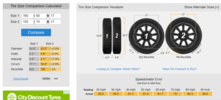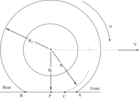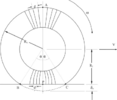wheel_of_steel
Member
- Joined
- Aug 8, 2018
- Messages
- 85
- Reaction score
- 81
- Points
- 18
- Location
- Perth, Western Australia
It's 3% taller than stock - the ABS has to tolerate a certain amount of speed differences between front and rear tires due to tire wear anyway.
The worse case scenario would be a front tire worn down to the cords, and a brand new 150/70 on the back - you might have a wheel speed differential of say 10% which could cause a fault code to trip?

The worse case scenario would be a front tire worn down to the cords, and a brand new 150/70 on the back - you might have a wheel speed differential of say 10% which could cause a fault code to trip?




.jpg)


